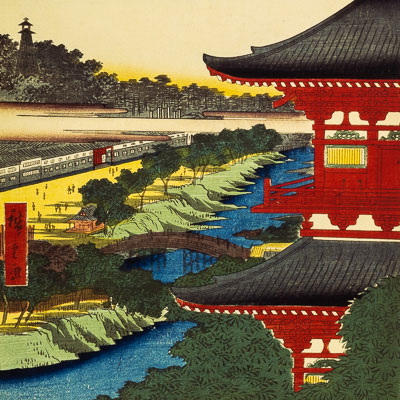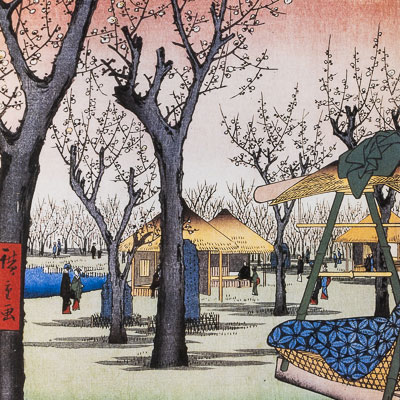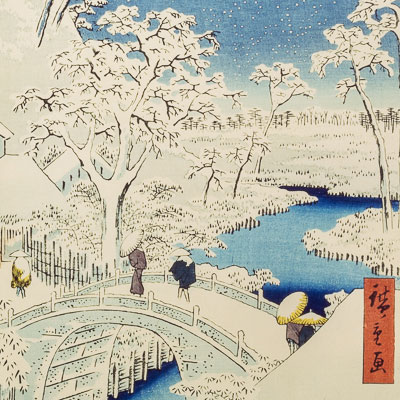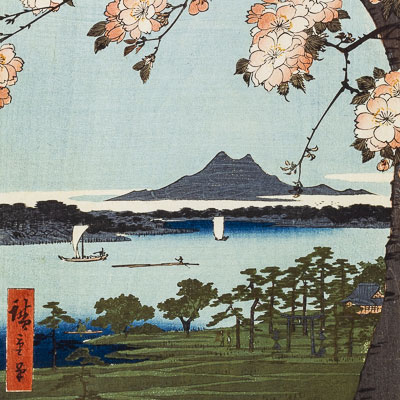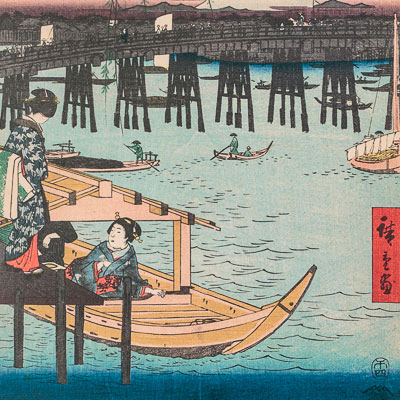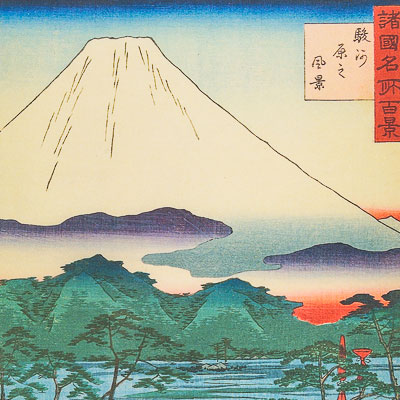Tel : (+33) 4 94 63 18 08
9am - 6pm from Monday to Sunday
Utagawa Hiroshige
Utagawa Hiroshige was a Japanese artist who lived in the 19th century and is known for his landscape and everyday life scene prints. He was born in Edo (present-day Tokyo) in 1797 and began his artistic career as a disciple of artist Utagawa Toyohiro. He quickly developed his own distinctive style, which was influenced by the landscape prints of the Kano school and the Western style of watercolor. Hiroshige is most famous for his series of prints "The Fifty-Three Stations of the Tōkaidō," which depicts the stations along the route between Edo and Kyōto. This series was very popular in Japan and widely disseminated abroad, helping to increase the popularity of Japanese art in Europe and America. Other important works by Hiroshige include "The Sea Voyage to China" (1833-34), which depicts ports in China and Korea, and "The Westward Journey" (1850-1858), which shows the landscapes of Japan from south to north. Hiroshige also produced series of prints on various subjects, such as seasons, festivals, animals, and legendary figures. His works are notable for their accuracy and realism, as well as their skillful use of color and space. Hiroshige died in 1858, but his work has continued to be celebrated and widely appreciated throughout the 20th century and beyond.
